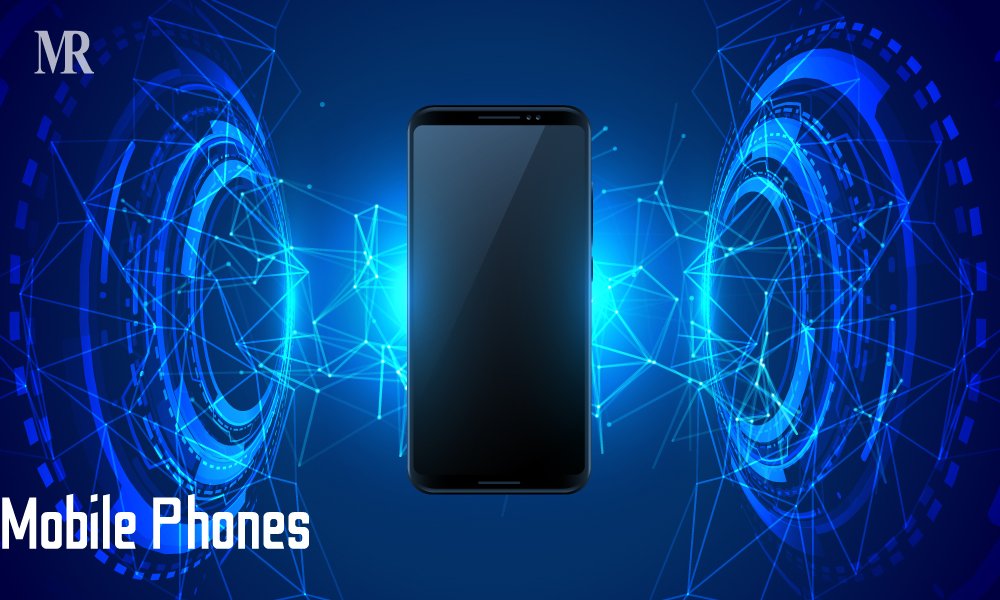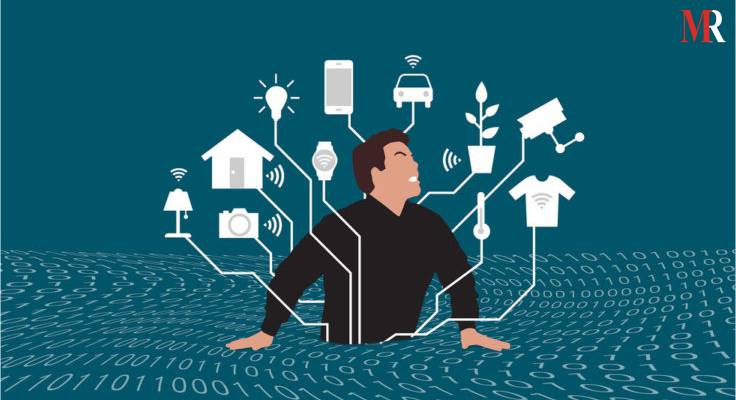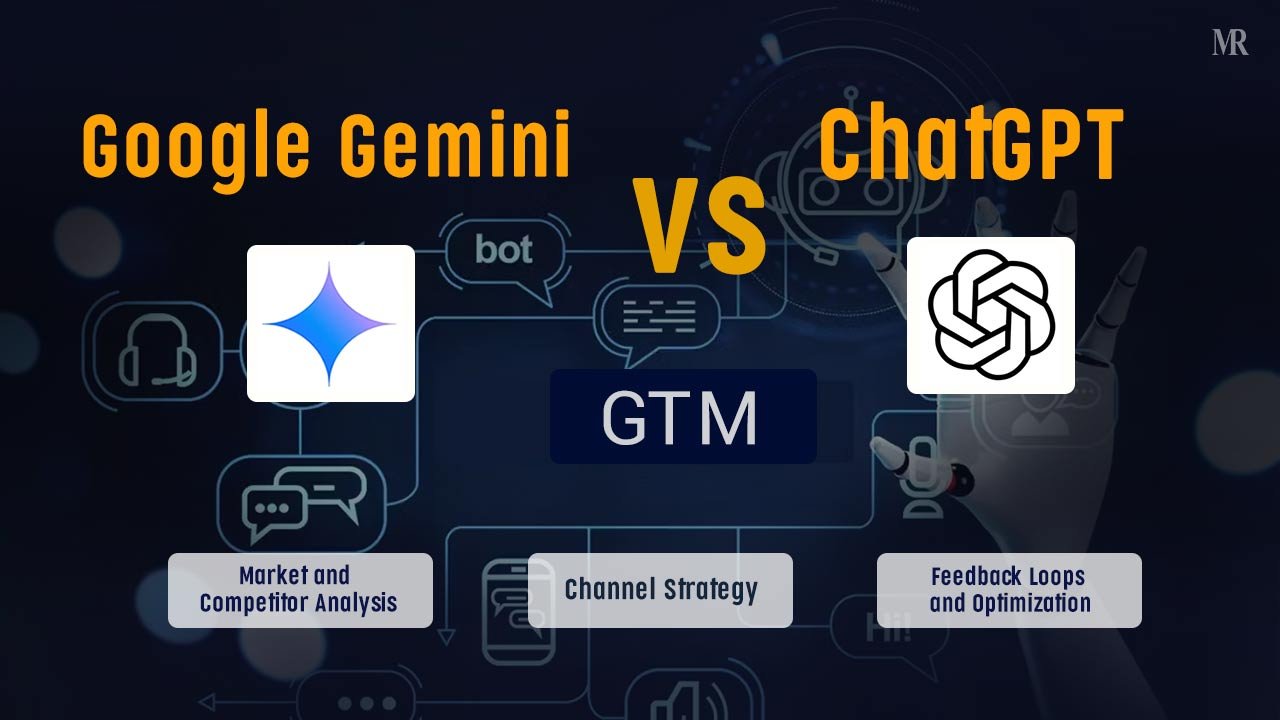In the big picture of human progress, the impact of technology on human life has truly transformed the lifestyle. It’s taken us to a place where things once thought impossible are now part of our everyday. From how we talk to each other to the way we come up with new ideas, technology has completely changed how we live. In this blog, we’re going to explore what is the impact of technology on human life and how technology has affected our lives and become a fundamental part of who we are. We’ll look at how communication and innovation have changed thanks to technology, turning normal things into something amazing. As we go through this, we’ll also see some cool ways technology is shaping both our present and what’s to come in the future.
Here are the Impact of Technology on Human life
1. Mobile Phones

Mobile phones have profoundly impacted human life, yielding both positive and negative outcomes across key domains:
- Communication: These devices have revolutionized staying connected with friends and family, bridging geographical divides with unprecedented ease. In 2023, over 6.6 billion people globally, more than 80% of the world’s population, are mobile phone users.
- Education: Mobile phones grant access to online courses, textbooks, and libraries, democratizing learning regardless of location or socioeconomic status. Over 1 billion students use mobile phones for education.
- Entertainment: Enabling gaming, movie watching, music listening, and reading, mobile phones provide ubiquitous entertainment. The average person spends over 3 hours daily on their mobile in 2023.
- Work: By facilitating remote connectivity, file access, and task completion, mobile phones enable flexible work scenarios and global collaboration.
- Health: Monitoring health metrics like heart rate and sleep patterns is feasible via mobile phones, benefiting over 100 million users in 2023.
- Social: Mobile phones foster relationships, connect people, and enable social participation.
Future possibilities for upcoming mobile phones is definitely the advanced 5g smartphone and the innovation beyond that includes disease diagnosis, medical device control, remote education, disaster relief, and environmental sustainability.
Relevant facts and figures underscore the impact:
- Global mobile phone market valuation exceeds $4 trillion in 2023.
- The average person checks their mobile phone over 200 times daily.
- Mobile phones are the primary internet access point in developing nations.
- Over 90% of businesses worldwide integrate mobile phones into operations.
- Businesses accrue over $1 trillion annually in productivity gains through mobile phone adoption.
Balancing benefits and risks, including addiction, sleep disruption, health issues, and privacy concerns, remains paramount for optimizing mobile phone usage.
2. Business and banking

The fusion of technology with the realms of business and banking has left an indelible mark throughout history and the contemporary landscape. This transformative force is evident across various dimensions:
One pivotal change is the surge in efficiency and productivity. Automation, a product of technology, has streamlined processes within businesses and banks. Examples include ATMs and online banking, freeing resources for intricate tasks like customer relations and risk management.
Additionally, customer service has been elevated by technological integration. Chatbots and virtual assistants ensure 24/7 customer support, meeting inquiries promptly.
Security has also advanced, with biometric authentication and fraud detection fortifying customer data protection.
Innovation extends to new business horizons, as seen in mobile banking and personalized investment advice, expanding customer bases.
Predicting the path ahead, key trends stand out:
- AI’s Rise: Artificial intelligence augments automation, customer service, and fraud detection, with increasing integration.
- Big Data Impact: Analyzing vast data refines decisions, targeted marketing, and fraud prevention.
- Blockchain Potential: Distributed ledgers redefine transactions, asset tracking, and fraud prevention.
Summing up, technology’s impact on business and banking is undeniably positive. It enhances efficiency, customer service, and security while fostering novel opportunities. The trajectory points to even deeper integration, heralding a new era in these domains.
Concrete statistics reinforce these points:
- A McKinsey study indicates digital integration can raise business productivity by 20%.
- 86% of banks believe technology is pivotal to their success in the next five years (PwC).
- Global blockchain investment is projected to hit $15.9 billion by 2023, signaling a substantial commitment.
These figures underscore technology’s transformative role, underscoring its growing importance and imminent potential.
3. Communication

The influence of technology on communication spans the past, present, and future. In the past, communication was confined by distance and time, reliant on face-to-face interactions or slow-paced letters. Today, technology accelerates and amplifies communication through email, text messages, social media, and video calls, connecting billions worldwide. In 2023, key technologies include email (3.9 billion users), text messaging (6 billion users), social media platforms, video chat, and collaborative tools.
Looking ahead, emerging technologies promise to reshape communication further. Virtual reality (VR) and augmented reality (AR) offer immersive experiences for training, entertainment, and navigation. Narrative communication leverages storytelling, while haptic communication and brain-computer interfaces (BCIs) introduce touch-based and neural signal-driven interactions.
While technology empowers global connectivity, it also introduces complexities. Instant connections coexist with diminished face-to-face interactions and challenges like cyberbullying. As technology evolves, communication’s definition and impact continue to transform, reminding us of its dual nature – a powerful tool that shapes our world.
4. Medical Industry

Technology’s profound impact on the medical industry is an ongoing trend with far-reaching implications. The ways in which technology has revolutionized healthcare are noteworthy:
- Enhanced Diagnosis and Treatment: Advanced medical imaging techniques like MRIs and CT scans provide detailed insights for accurate disease diagnosis. Technological progress also accelerates drug and treatment development.
- Personalized Medicine: Technology enables tailored treatments by identifying genetic mutations through gene sequencing.
- Heightened Efficiency: Electronic health records (EHRs) streamline patient information access, while telemedicine bridges geographic gaps.
- Cost Reduction: Remote monitoring devices empower patients to manage chronic conditions at home, potentially lowering hospital visits.
Historical Impact Technological breakthroughs like vaccines and antibiotics, such as the polio vaccine in the 1950s, have reshaped healthcare.
Present Influence Technology drives diagnostics and treatments for cancer, heart disease, and beyond. Gene sequencing identifies genetic anomalies, informing new treatments.
Future Implications Upcoming developments include AI-driven disease diagnosis and VR for surgeon training and pain management.
Supporting Statistics
- McKinsey Global Institute predicts annual $300 billion in savings by 2025 in the US healthcare system through IT integration.
- Telemedicine has grown by 50% in the last five years.
- Wearable health device users are set to reach 100 million by 2025.
- The global medical robotics market is projected to be worth $20 billion by 2025.
These statistics reinforce technology’s transformative influence on healthcare, shaping a future where its role continues to evolve and redefine the industry.
5. Farming

The impact of technology on the farming industry has been profound and is set to grow. Historically, inventions like the tractor and synthetic fertilizers transformed farming efficiency. The Green Revolution introduced high-yield crop varieties, irrigation, and mechanization. Today, precision agriculture employs sensors, drones, and satellite data to optimize inputs, while vertical farming and robotic technologies enhance efficiency. Looking forward, AI develops resilient crops and improves practices, blockchain ensures food safety and 3D printing creates customized agricultural products.
Supporting these trends are essential facts:
- The FAO projects a 60% global agricultural production increase by 2050 to meet population growth.
- Precision agriculture covers 100 million hectares, expected to reach 1 billion hectares by 2030.
- The global agricultural robotics market value is estimated at $12.2 billion by 2025.
- Blockchain’s value in agriculture is projected to be $10.6 billion by 2025.
- The 3D printing market in agriculture is anticipated to reach $12.8 billion by 2025.
These figures underscore the rapid adoption of agricultural technology, indicating a sustained transformative trajectory. Technology holds the potential to revolutionize farming, making it more efficient, sustainable, and productive while addressing growing food demands without straining the environment.
6. Education

The impact of technology on education has been profound, with a trajectory set to expand further. Looking at the past, the advent of personal computers in the 1970s and 1980s revolutionized learning by granting students access to a wealth of information. The internet’s rise in the 1990s facilitated global collaboration among students and experts, fostering a student-centered approach. The early 2000s brought about e-learning’s flexibility, making education accessible to all. Anyone can now access different online courses– from Prince2 certification to cybersecurity training.
At present, mobile devices are ubiquitous in classrooms, providing access to educational apps and enabling collaboration. Artificial Intelligence (AI) personalizes learning and aids assessment, even creating virtual tutors. Virtual Reality (VR) and Augmented Reality (AR) promise immersive learning experiences.
Looking to the future, technology will deepen its role, offering more personalized education through AI and VR. The growth of e-learning will persist, while technology’s potential to bridge educational gaps remains a focus.
Supporting these trends are compelling figures:
- 81% of K-12 teachers used technology in classrooms (Pew Research, 2022).
- The global e-learning market is projected to reach $350 billion by 2025.
- AI in education is estimated to be a $11.3 billion market by 2025.
- The VR and AR education market is expected to reach $16.3 billion by 2025.
In summary, technology has revolutionized education and continues to evolve, enabling tailored learning and fostering inclusivity. With ongoing developments in AI, VR, and e-learning, the education landscape is poised for further transformation.
As the curtains draw on this exploration, the resounding impact of technology on human life remains unmistakable. Its transformative force has sculpted a new paradigm, redefining communication, innovation, and existence itself. Beyond the horizon, the future of technology’s symphony will persist, crafting novel melodies that guide us into a future where the limits of potential are ceaselessly redefined.
So here are some Positive as well as Negative impact of Technology on human life:
Positive impact of Technology on Human life

Negative impact of Technology on Human life

Technology is very important in humankind’s growth because, at any stage of its development, technology has made life easier and has opened several doors of opportunities for us that were unthinkable before. However, it is very important that we try to eliminate negative technology effects by applying new ideas.
Also Read:
7-Texas Tech Companies That Are Changing the Face of Technology
5G technology in healthcare industry










